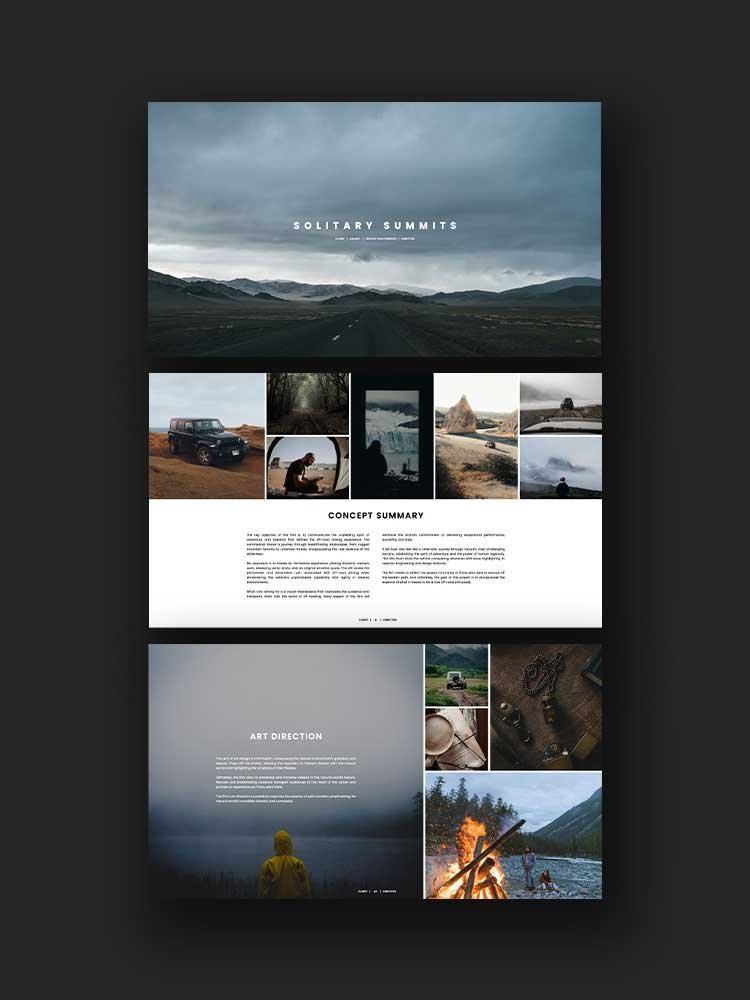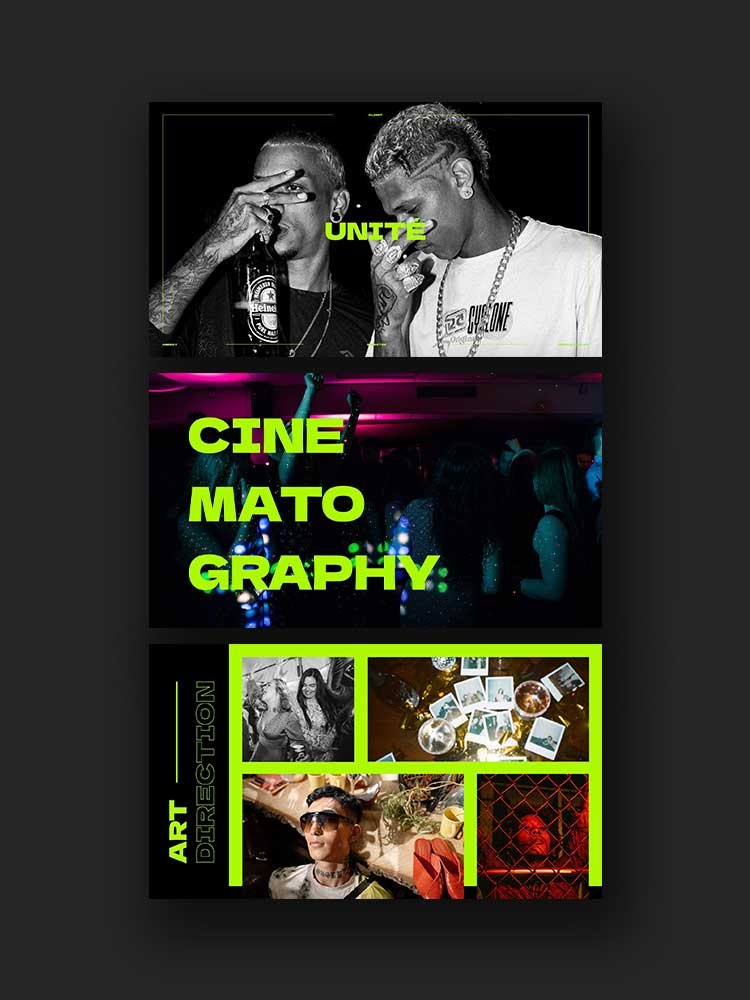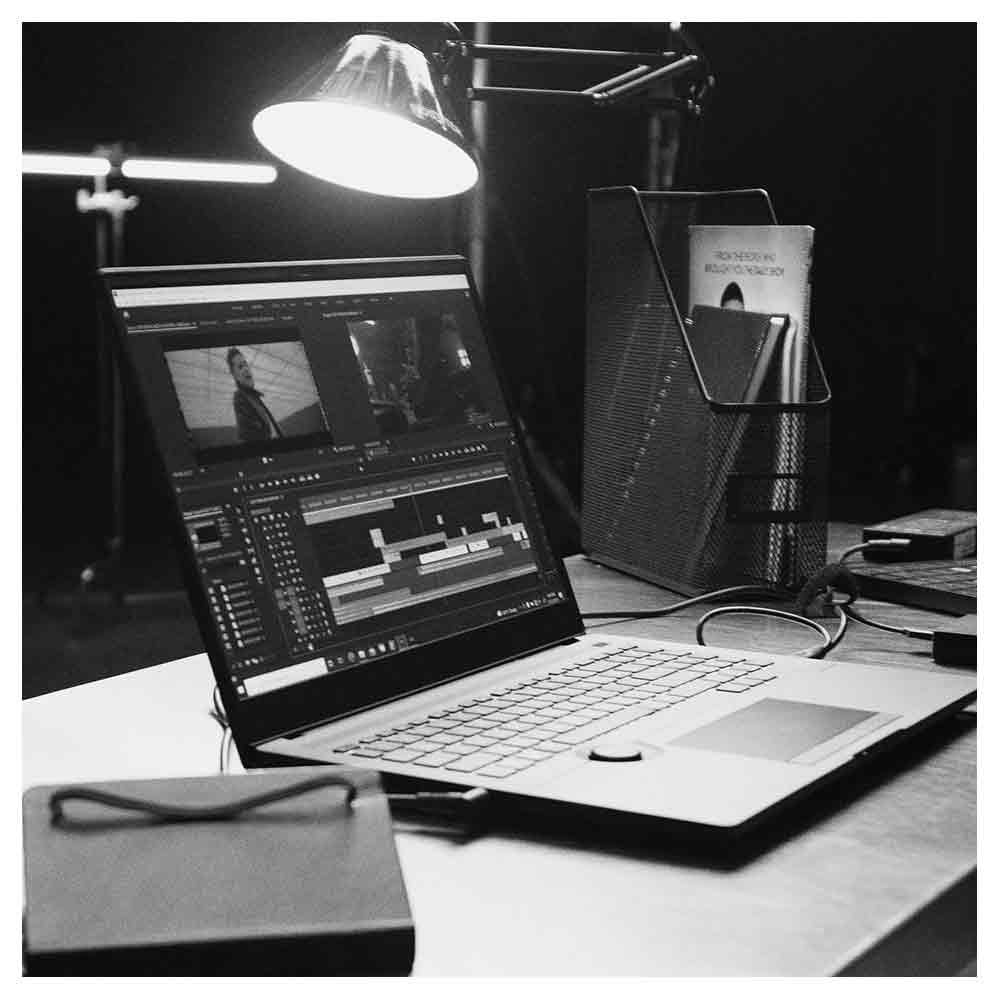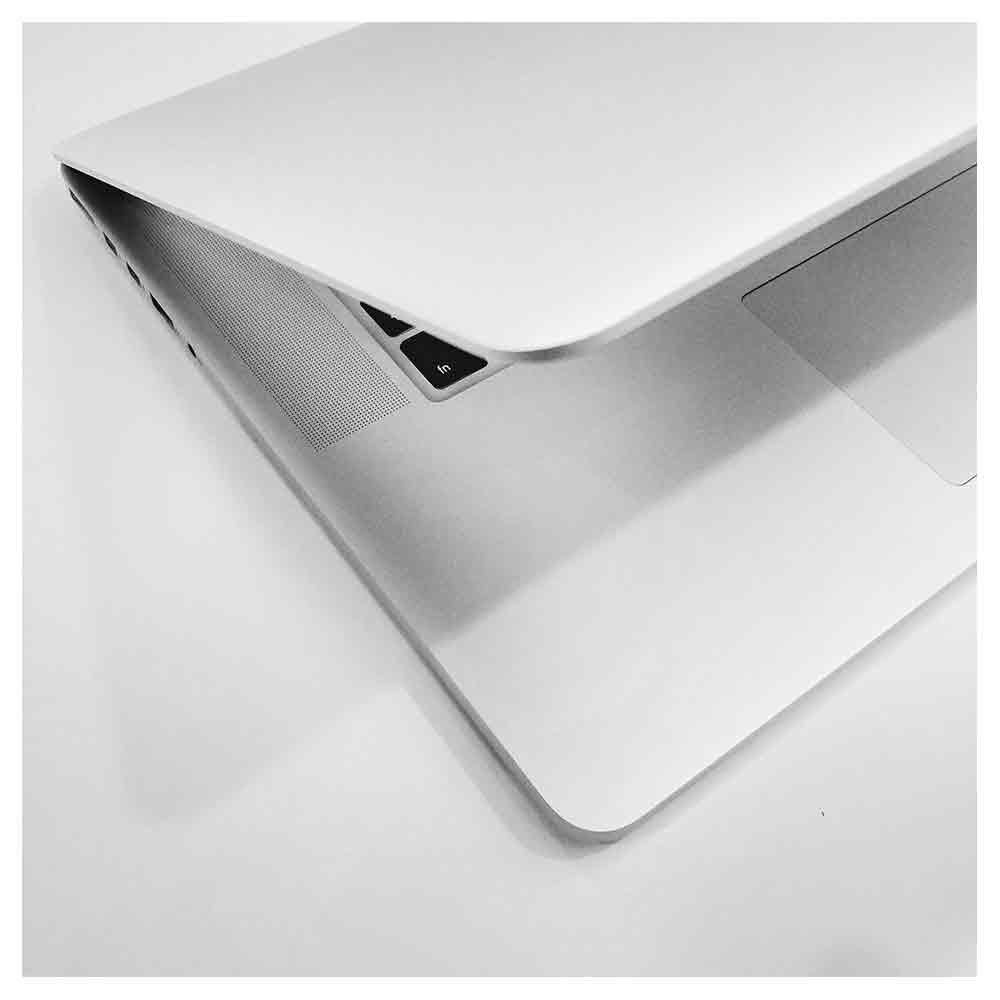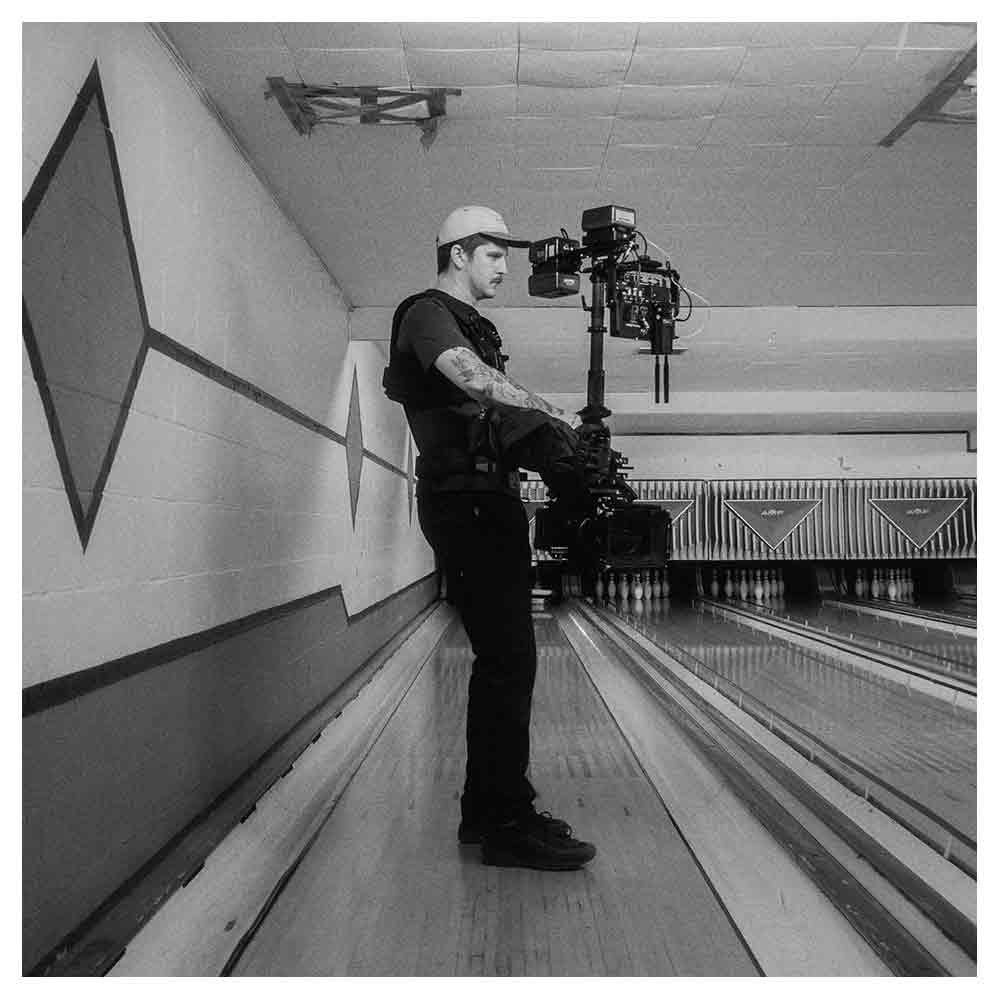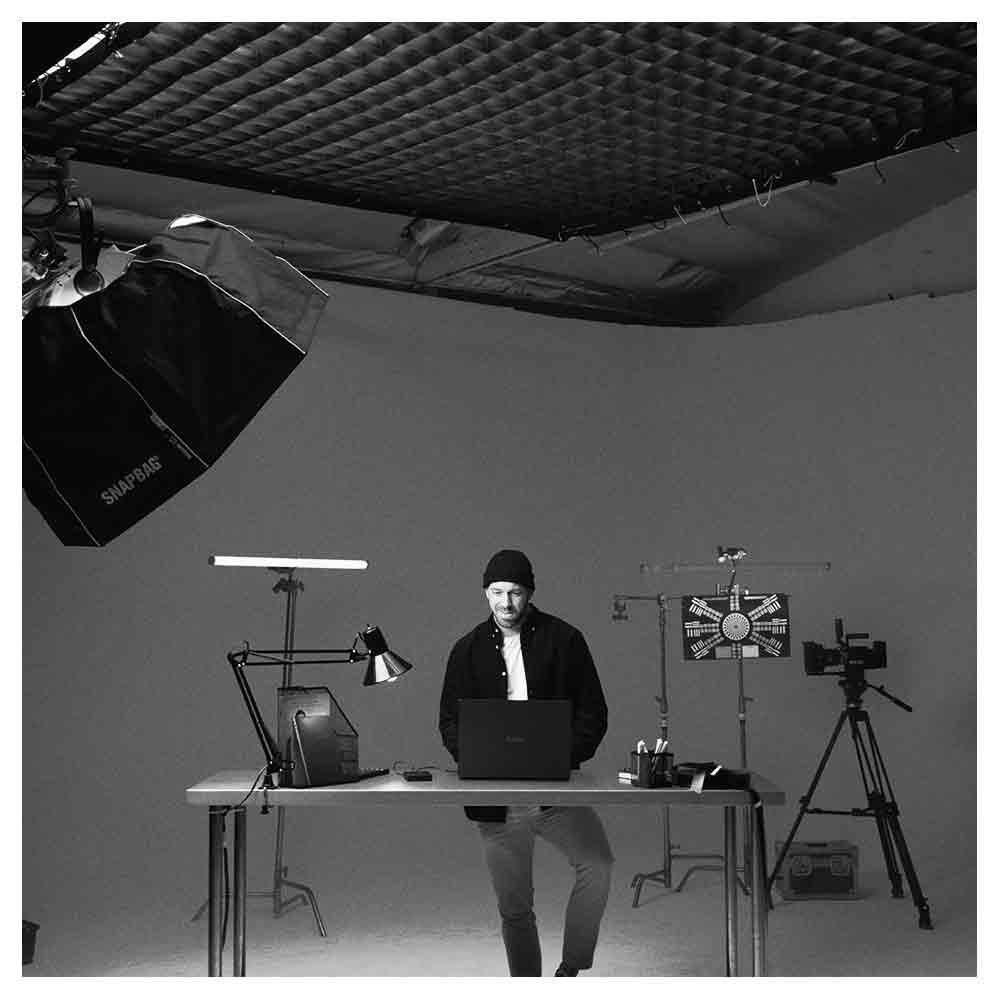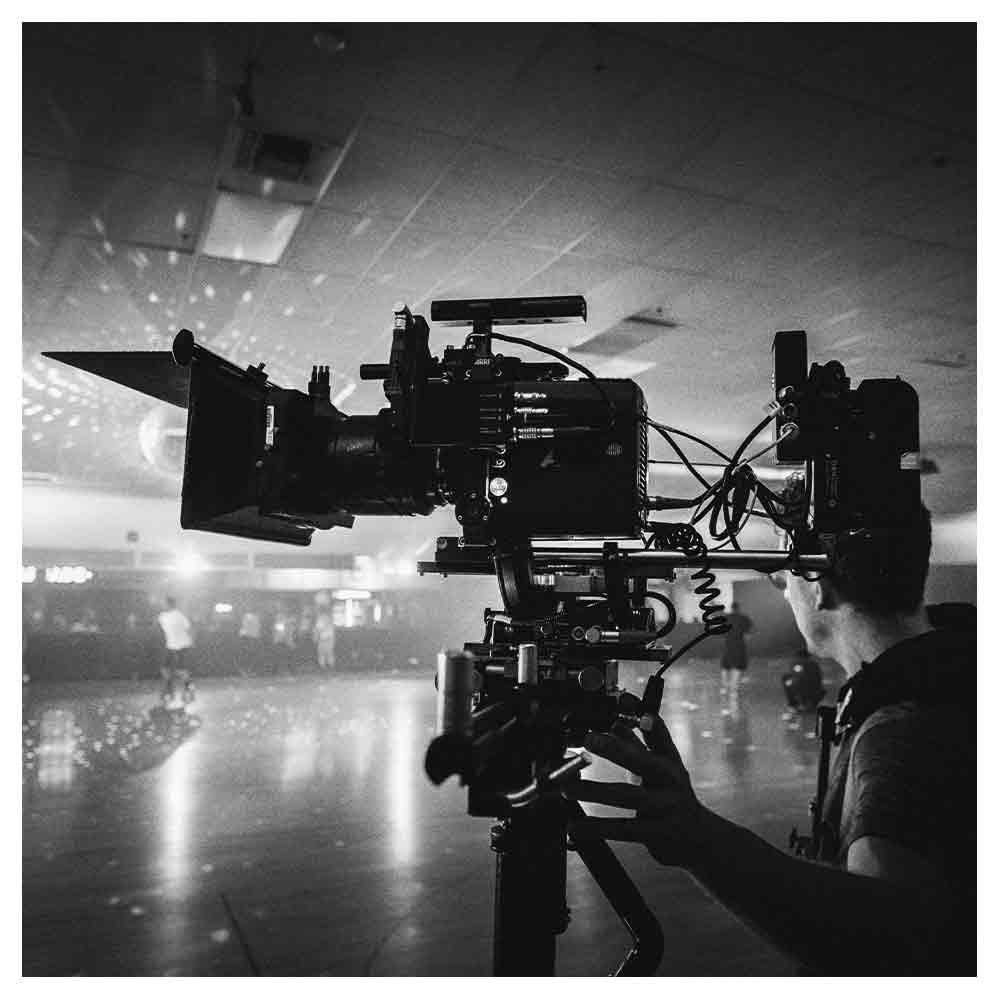How To Write A Winning Video Treatment?
Imagine you have an amazing idea for a video that could captivate millions of viewers, skyrocket a company's growth, or launch your career as a filmmaker.
But first, you need to sell that idea to the decision-makers who can greenlight your project. How do you do that?
By writing a winning video treatment that captures your vision and leaves your audience excited and eager to see more.
In this blog post, I'll guide you through crafting a killer video treatment that will make your project irresistible to clients, producers, and investors alike.
Follow these steps to create a document that will help you pitch your idea with confidence and flair.
Understanding the Purpose of a Video Treatment
First, let's define what a video treatment is. A video treatment is a document that presents your idea for a music video, short film, or video project in a way that's easy to understand, visualize, and sell.
A good treatment is a roadmap that outlines your vision, showcases your creativity, and demonstrates your ability to execute the project. A well-crafted video treatment can be vital in securing funding, attracting collaborators, and winning over clients.
Research, Research, Research
Before you start writing, it's essential to do your homework. Research is the foundation of an excellent video treatment. This means:
Understanding your target audience.
Studying the market and your competition.
Identifying the key messages and themes.
Familiarizing yourself with the style and tone you want to achieve.
The more you know about your subject and the environment in which your video will exist, the better equipped you'll be to craft a treatment that speaks to the hearts and minds of your audience.
Writing a Captivating Logline
A logline is a one-sentence summary of your video's core idea. It should be concise, catchy, and intriguing, capturing the essence of your project in a way that makes people want to know more. Think of it as an elevator pitch for your video.
To create a powerful logline, use the following formula:
"When [inciting incident] happens, a [character description] must [objective] before [stakes]."
Develop an Engaging Synopsis
The synopsis is a brief, engaging summary of your video's plot or content. It should expand on the logline, providing a clearer picture of the story or concept while leaving room for curiosity and imagination. Avoid big blocks of text and aim for 1-3 paragraphs covering the main characters, the story beats central conflict, and the story's overall arc or message.
When writing your synopsis, use active, vivid language that draws the reader in and creates a sense of excitement. Be sure to maintain a consistent tone that reflects the style of your video, whether it's dramatic, humorous, or inspirational.
Diving Deep: The Treatment
The treatment is the heart of your document, where you dive into the specifics of your video and paint a vivid picture of what the final product will look like. It should include details on your project's story structure, characters, visual style, and mood.
Break down your video into sections or acts (beginning-middle-end), describing each key event and turning point. Use descriptive language and evocative imagery to bring your story to life, showcasing your unique vision and demonstrating your creative prowess.
When you writing treatments for your treatment, consider including the following chapters:
Setting: Describe the locations and environments where your story takes place.
Character Breakdown: Introduce your main characters, highlighting their personalities, motivations, and relationships.
Visuals: Offer a sense of the visual style, including color palette, lighting, and camera techniques.
Sound: Provide an idea of the soundtrack, sound design, and unique audio elements.
Pacing: Give a sense of the rhythm and pace of your video, including any shifts in tone or intensity.
Visual Aids: Reference Images, mood boards, and storyboards
A picture is worth a thousand words, so visuals are the lifeblood of creating your video treatment to help you convey the look and feel of your project, making it easier for your audience to visualize the final product.
Mood boards are collages of images, colors, and textures representing your video's visual style and tone. They can include photographs, videos, illustrations, screenshots, or fabric swatches that evoke the desired atmosphere.
Storyboards are a series of drawings or images that outline the key scenes and shots in your video. They can be simple sketches or more detailed illustrations, depending on your artistic ability and the needs of your project.
Including visual aids in your treatment can help you communicate your vision more effectively, making your pitch even more compelling.
Selling Your Vision: The Director's Statement
The director's statement is your chance to explain why you're passionate about your project and what makes it unique. This is where you can get personal, sharing your motivations, inspirations, and aspirations for the video.
In your statement, consider discussing the following:
Your connection to the story or concept: What inspired you to create this project? Why is it important to you?
Your creative approach: How do you plan to bring your vision to life? What techniques or methods will you use to achieve your desired aesthetic and emotional impact?
Your intended audience: Who is your target audience, and why will they be drawn to your project? What messages or themes do you want to convey to them?
Your unique perspective: What makes your project stand out from the competition? How does it showcase your distinct voice and style as a creator?
Write sincerely and enthusiastically, conveying your dedication and belief in the project. This will help you connect with your audience emotionally, making them more likely to invest in your vision.
Polishing and Proofreading
Once you've written your video treatment, take the time to revise and polish your work. This means:
Clarifying your ideas: Ensure your writing is clear, concise, and easy to understand. Avoid jargon and unnecessary complexity.
Improving your structure: Ensure your treatment flows smoothly and logically, with a clear progression of ideas.
Enhancing your language: Use strong, vivid language that evokes emotion and brings your vision to life. Vary your sentence structure and word choice to create an engaging, dynamic read.
Checking for errors: Proofread your document carefully, checking for typos, grammatical errors, and inconsistencies. Use free software like Grammarly to automate this process.
Remember, your video treatment reflects your professionalism and attention to detail. A polished, well-crafted document will help you make a strong impression on your audience.
Conclusion
In conclusion, writing a winning video treatment is crucial in bringing your creative vision to life. By following these guidelines, you'll create a compelling document that showcases your unique perspective, captivates your audience, and paves the way for your project's success.
With a captivating logline, engaging synopsis, detailed summary of your vision, and stunning visual aids, your video treatment will be powerful in pitching your idea with confidence and flair.
Pitching is an art; it takes practice to perfect like any skill. Don't be discouraged if your first few attempts don't yield immediate results. Use each experience as a learning opportunity, refining your pitch and honing your presentation skills.
Happy writing, and best of luck in bringing your vision to life!
Frequently Asked Questions About Video Treatments (FAQs)
Why is a video treatment necessary?
A video treatment is essential for effective communication between clients, directors, producers, and crew members during the creative process.
It helps establish a clear project vision, streamline production, and reduce misunderstandings or misinterpretations that could lead to delays and budget overruns.
It ensures everyone is on the same page with the storyline and other elements involved.
How long should a video treatment be?
There is no strict rule for the length of a video treatment, as it depends on the project's complexity.
It's essential to balance providing enough important information to clearly understand the concept and not overwhelming the reader with unnecessary information.
How do I know if my video treatment is effective?
An effective video treatment should communicate the project's concept, narrative, and visual style while capturing the reader's attention and interest.
It should be concise, well-organized, and easy to understand, with bullet points and present tense often used.
A successful treatment generates excitement and enthusiasm from clients, collaborators, and production team members, leading to a clearer idea of the finished product.
How detailed should the character descriptions be in a video treatment?
Character descriptions should provide enough detail to help the reader understand each character's personality, motivations, and role within the story arc.
Focus on their key traits, appearance, and unique characteristics essential to the plot. Avoid excessive detail or flowery language that may distract from the overall concept and story summary.
Is it necessary to have a complete script before writing a video treatment?
No, it is unnecessary to have a full script before writing a music video treatment. A music video treatment can be the first step in developing the script's filmmaking process.
However, clearly understanding the story, characters, and narrative structure will help you create a more effective treatment.
What are the common mistakes to avoid when writing a video treatment?
Common mistakes to avoid when writing a video treatment include the following:
Lack of clarity or focus
Excessive detail that distracts from the overall concept
Inadequate character or location descriptions
Ignoring the target audience or platform requirements
Overlooking production constraints, such as budget or equipment availability
Not providing visual references or past videos for a better understanding of the final video's style

